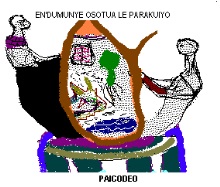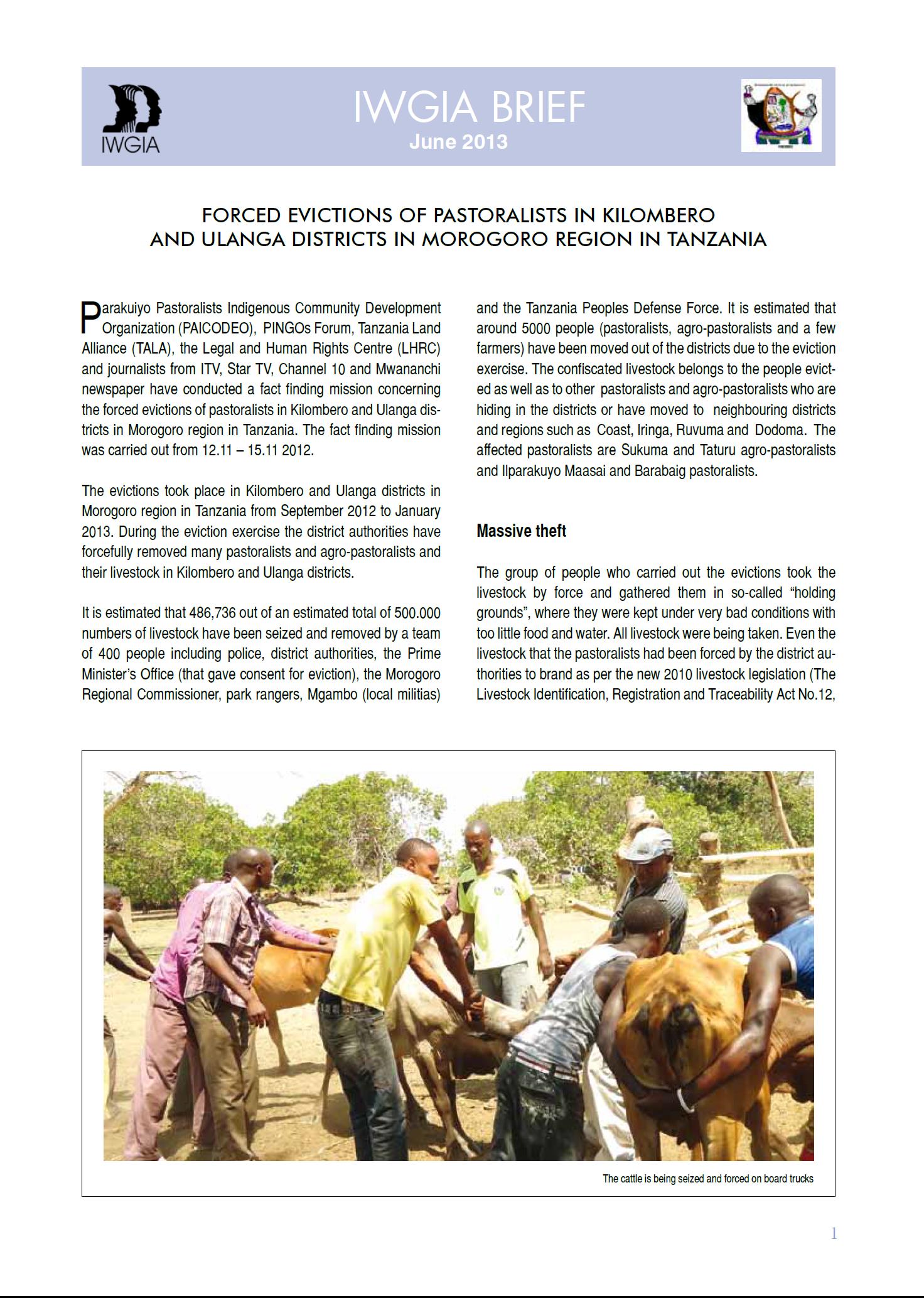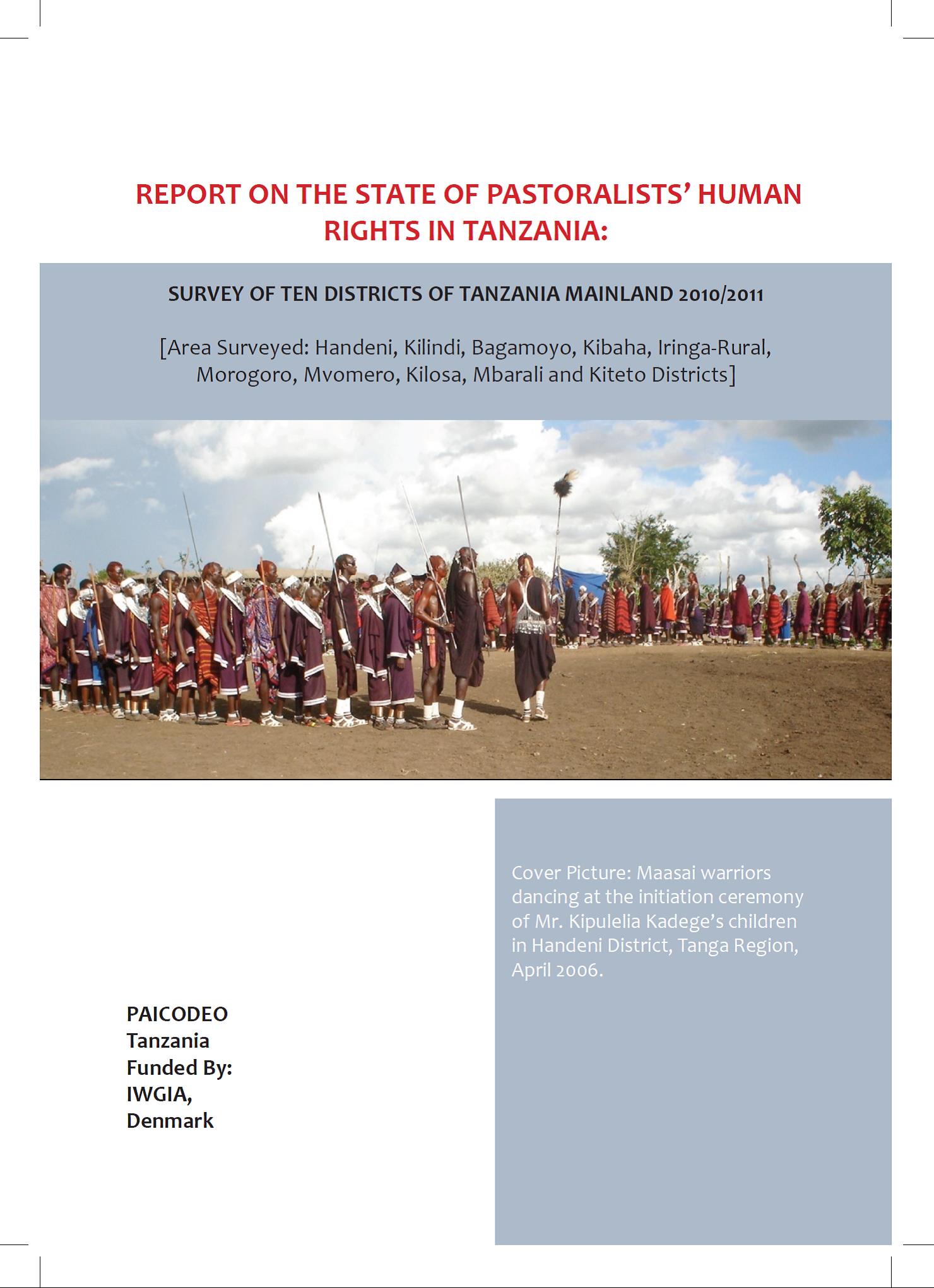Focal point
Location
Mission & Vision:
To promote the livelihoods of Indigenous pastoralists through preservation of their cultural values, utilization of locally available resources and informed participation with consent for their development. To have Indigenous pastoralist community attain sustainable development and have its culture recognized, respected and preserved
Members:
Resources
Displaying 31 - 33 of 33Forced Evictions of Pastoralists in Kilombero and Ulanga Disticts in Mgorogoro Region in Tanzania
Parakuiyo Pastoralists Indigenous Community Development Organization (PAICODEO), PINGOs Forum, Tanzania Land Alliance (TALA), the Legal and Human Rights Centre (LHRC) and journalists from ITV, Star TV, Channel 10 and Mwananchi newspaper have conducted a fact finding mission concerning the forced evictions of pastoralists in Kilombero and Ulanga districts in Morogoro region in Tanzania. The fact finding mission was carried out from 12.11 – 15.11 2012.
Forced Evictions of Pastoralists in Kilombero and Ulanga Disticts in Mgorogoro Region in Tanzania
Parakuiyo Pastoralists Indigenous Community Development Organization (PAICODEO), PINGOs Forum, Tanzania Land Alliance (TALA), the Legal and Human Rights Centre (LHRC) and journalists from ITV, Star TV, Channel 10 and Mwananchi newspaper have conducted a fact finding mission concerning the forced evictions of pastoralists in Kilombero and Ulanga districts in Morogoro region in Tanzania. The fact finding mission was carried out from 12.11 – 15.11 2012.
Report on the State of Pastoralists´Human Rights in Tanzania
Pastoralists in Tanzania are suffering from many human rights violations, including forced evictions from their lands. This report gives a comprehensive analysis of the human rights situation of indigenous peoples in Tanzania, and documents cases of human rights violations against Maasai pastoralists during 2011.
The information contained in this report is a result of a comprehensive survey and human rights analysis, which used both primary and secondary data collection methodologies covering a total of 10 districts and 18 villages.



